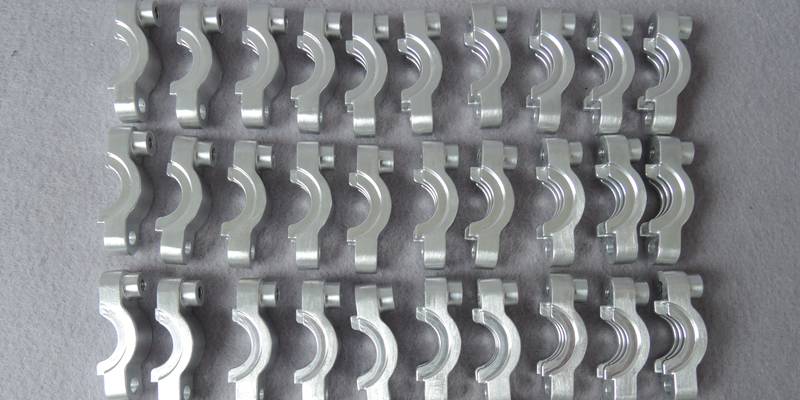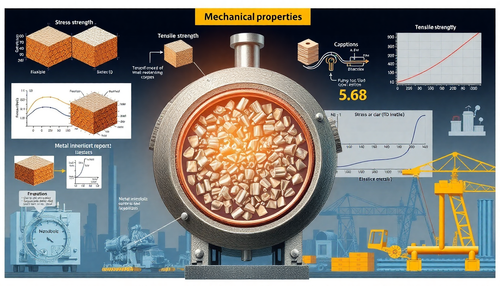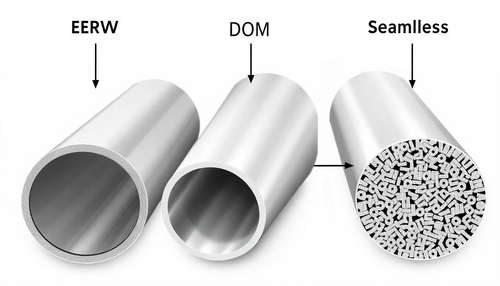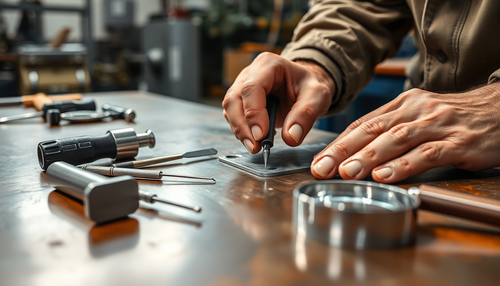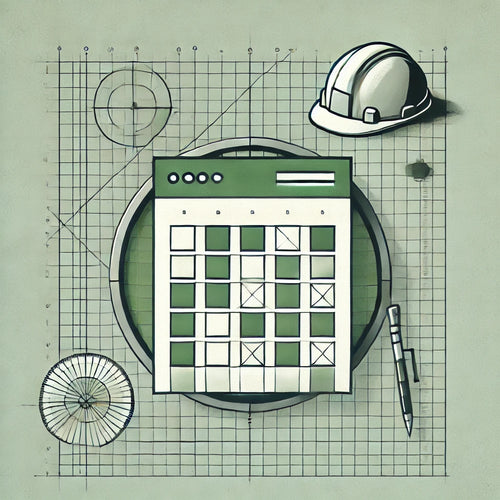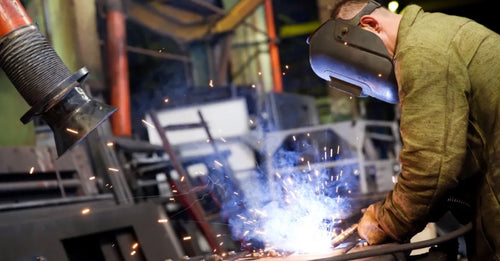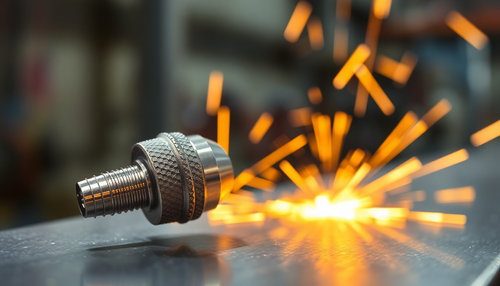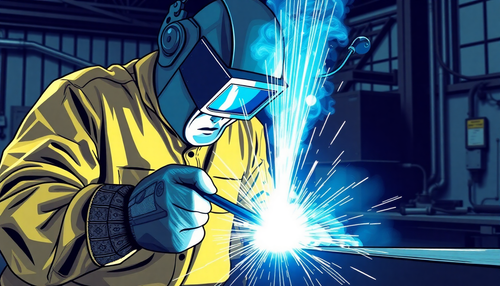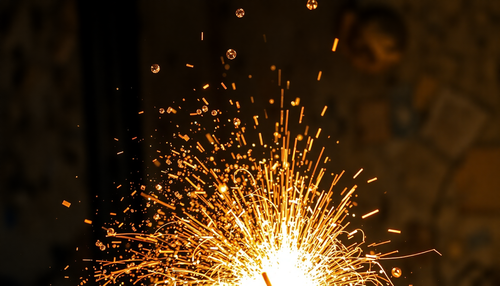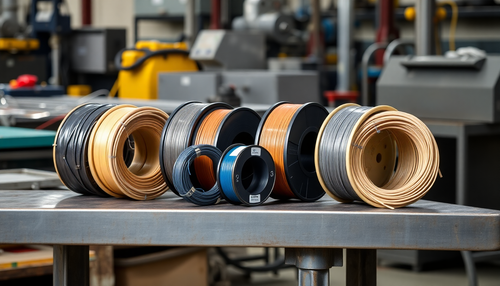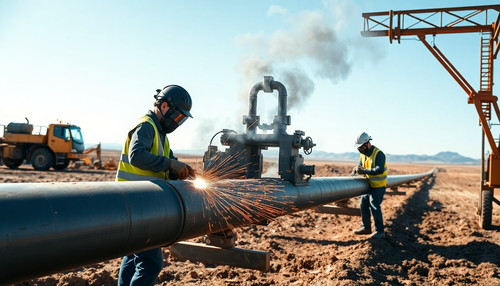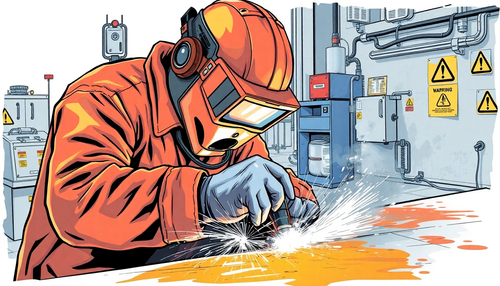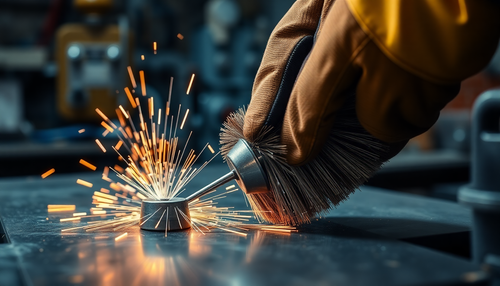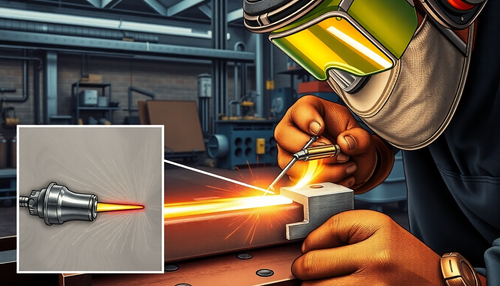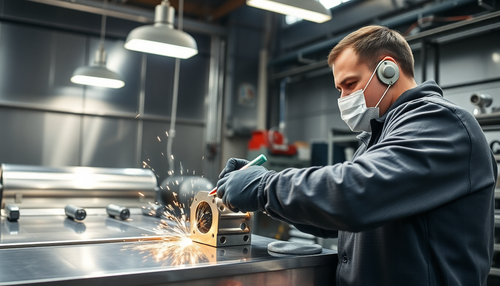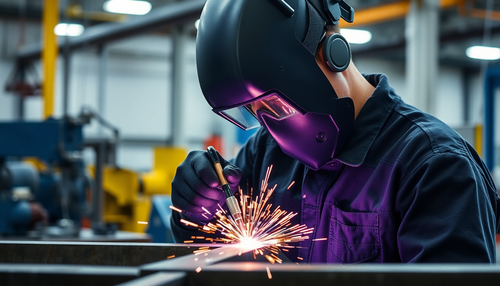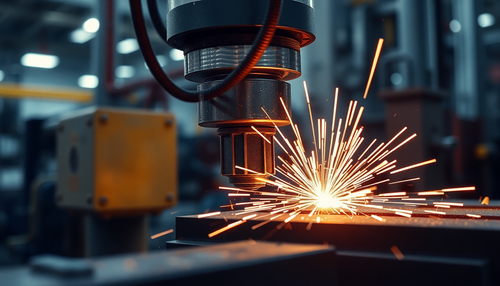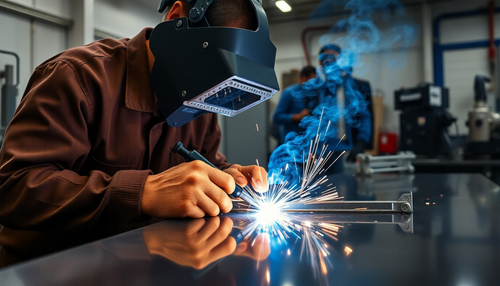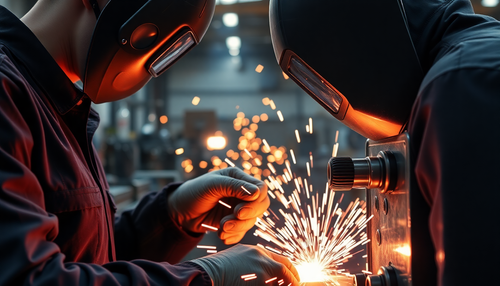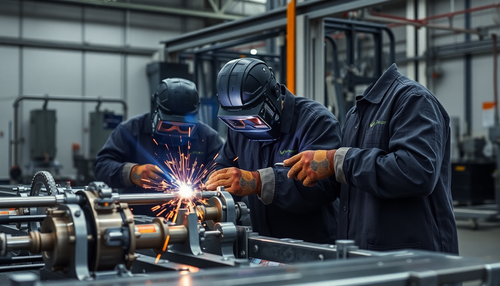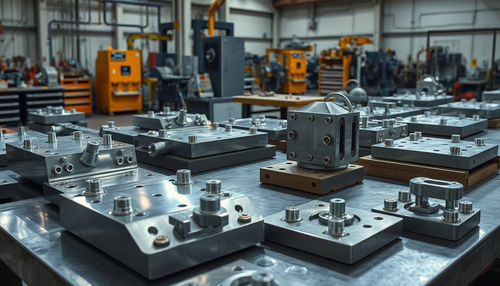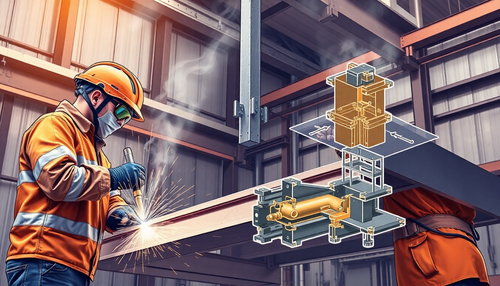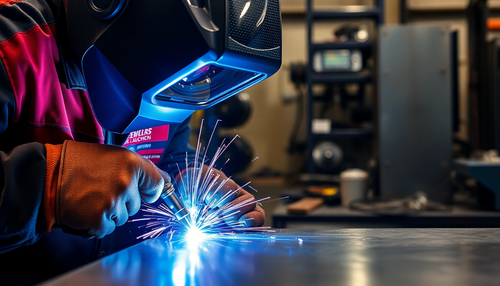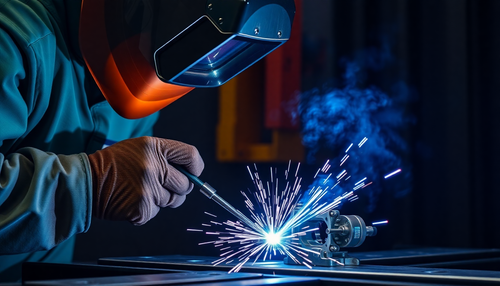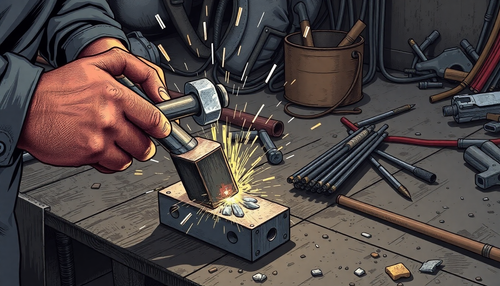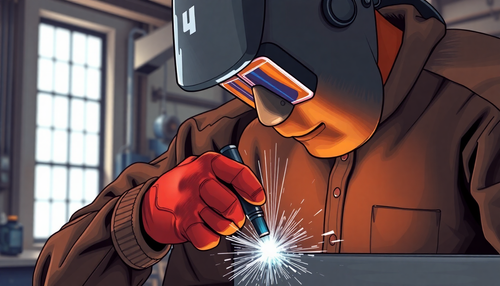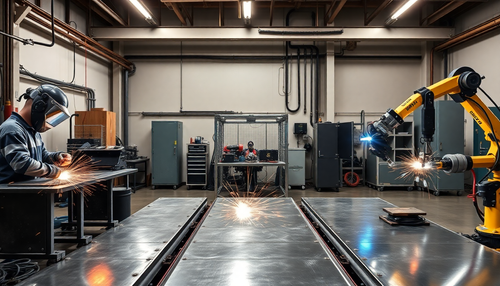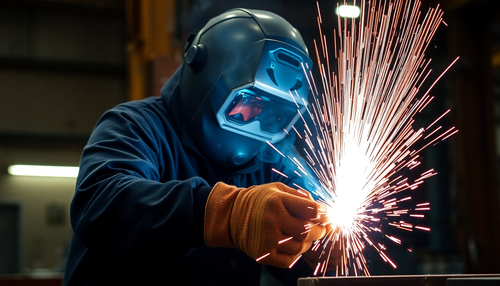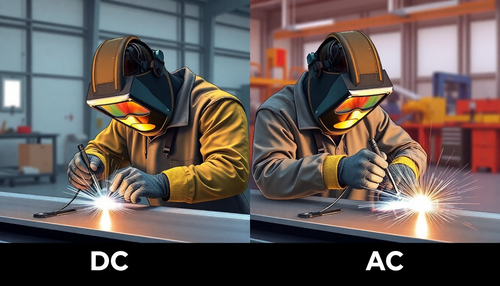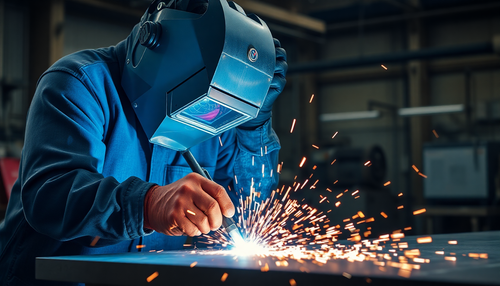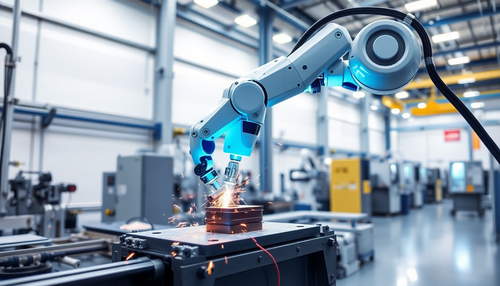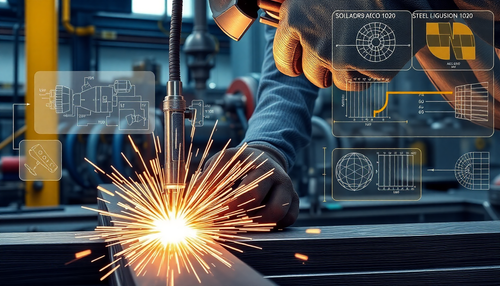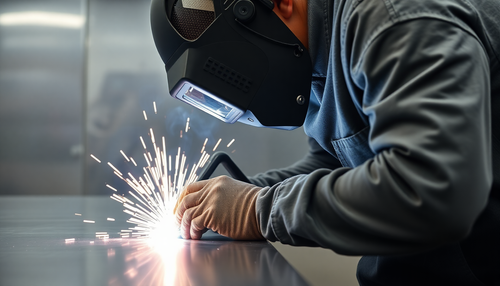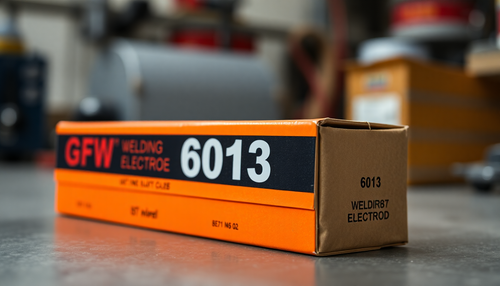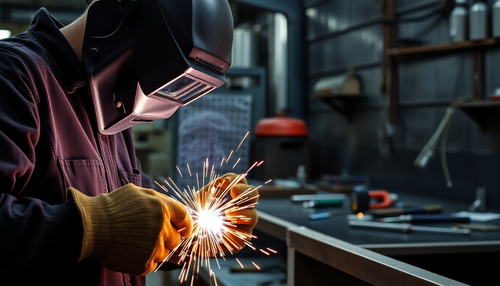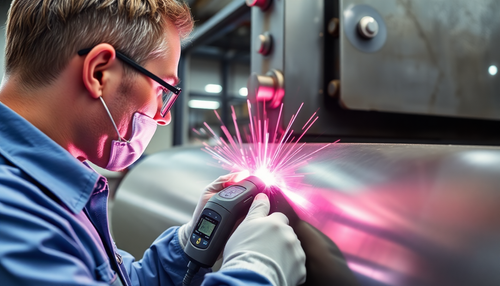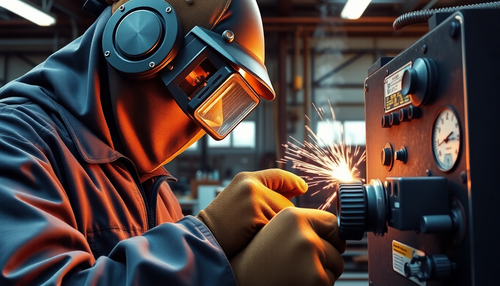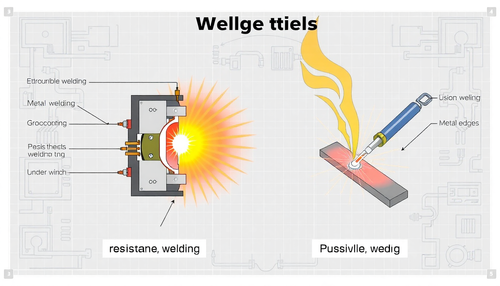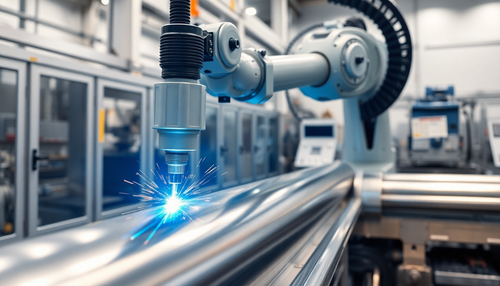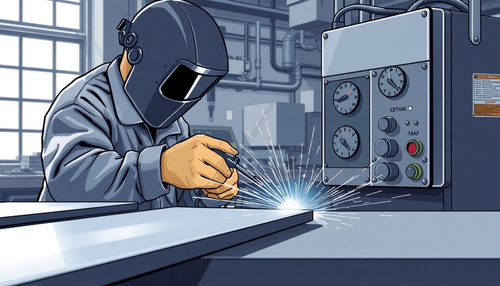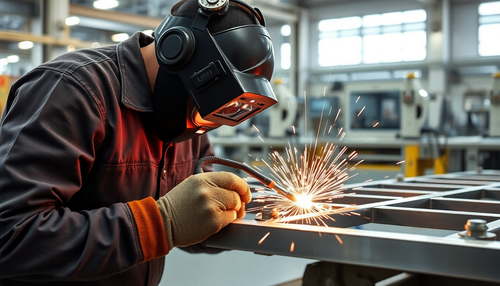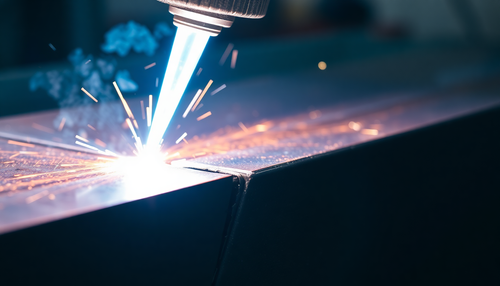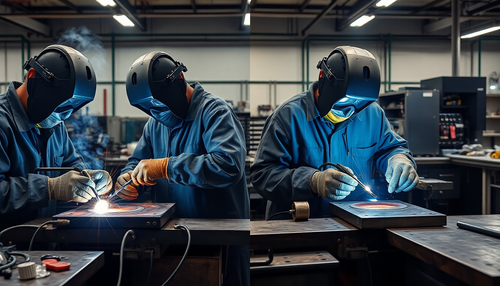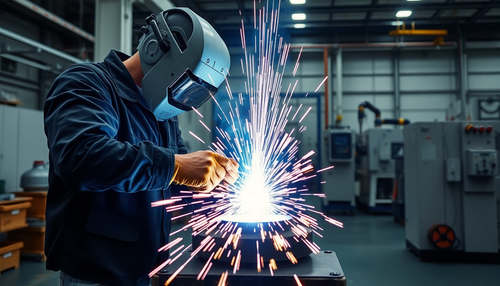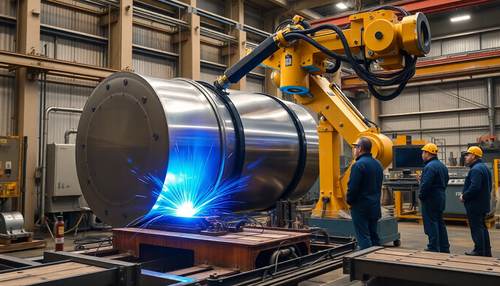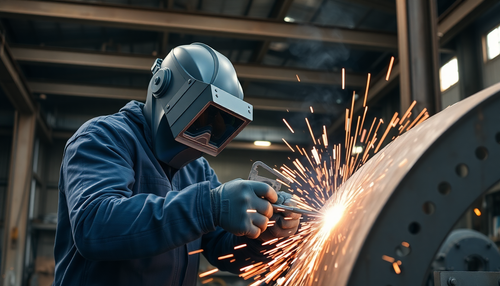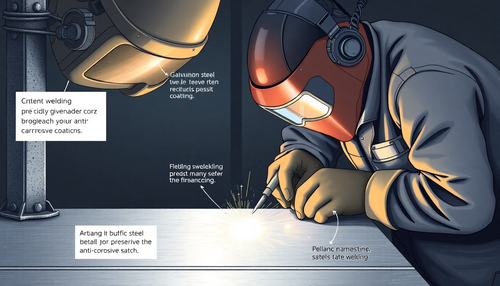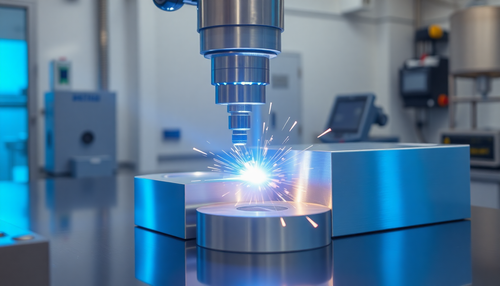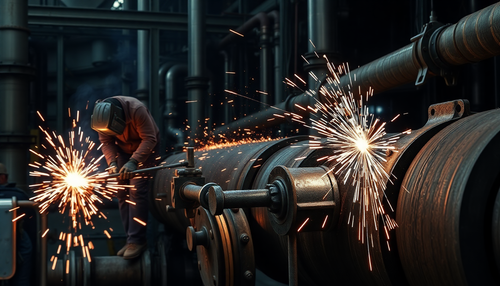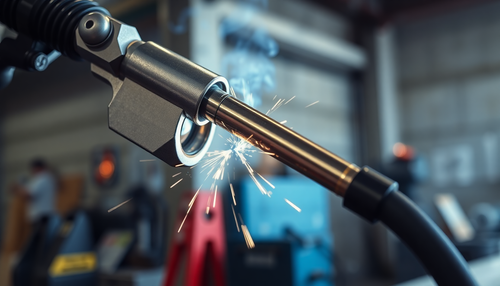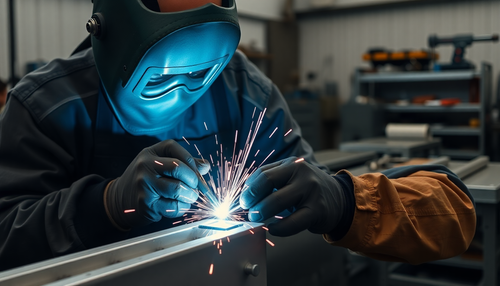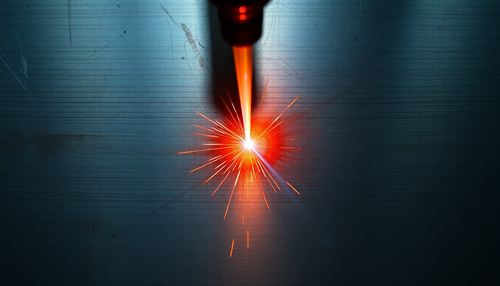
Low-volume or batch CNC machining involves producing products or parts in small quantities, typically between 10 and 1,000 pieces. This is a mechanism that allows manufacturers to reduce their production costs. In addition to cost savings, small-scale production also allows for easy design changes without losses.
In this article, we take an in-depth look at low-volume CNC machining, its benefits, and ways to optimize budgets when designing for low-volume CNC machining. Read on as we bring you this great information.
Small Quantity CNC Machining Explained

Small batch CNC machining combines the advantages of computer numerical control with CNC principles to produce small batches. Not all companies require large batches of products; some need small batches.
Additionally, machine-made products are inexpensive in small quantities and do not require expensive tools. They are perfect for advancing an idea from the concept phase to prototype development and then serving as a transition phase to series production.
Advantages of using CNC for small quantities
Companies use low-volume CNC machines for a variety of reasons, from low cost to capital preservation. Let's discuss the benefits of low volume CNC machines in more detail.
1. Improves manufacturing flexibility
Small batch CNC machining allows for greater design flexibility compared to injection molding or die casting. It becomes easier to detect manufacturing defects and make necessary adjustments with minimal cost. Companies or businesses that use low-volume CNC machining can take customer feedback into consideration and improve their products to achieve optimal customer satisfaction since they manufacture products in small quantities.
2. Reduces time to market
Technology, trends and consumer preferences change daily, resulting in fierce competition between companies in the same industry. Small batch production is a way to ensure that high-quality products and parts reach the market in the shortest possible time.

3. Improves the company's cash flow
It also increases cash flow between customers and businesses as low-volume CNC machining reduces time to market. It also increases the business turnover rate as products reach the market in a short period of time and increase sales, allowing companies to generate sales and profits quickly.
4. Serves as a link in the production chain
Small batch CNC machining is a link or bridge between prototyping and mass production of products. Prototyping involves producing customized products, and mass production occurs when demand is high.
5. High quality parts
Low-volume CNC machines produce high-quality parts with tight tolerances and excellent surface finishes. This is because CNC machines are highly precise and can produce parts to exact specifications.
Ways to Maximize Budget When Designing Low-Volume CNC Parts
Here are some design tips to help you minimize your budget and time spent on low-volume CNC machined parts.
1. Use simple, standard themes
When designing CNC machined parts in small batches, try to keep them simple and consistent. However, producing complex designs often requires a more expensive CNC system as well as manual repositioning and turning. Therefore, it may be beneficial to break a complicated part into smaller pieces for later assembly.
You should consider the following:

1.1 Use standard threads
As with standard drill sizes, standard threads can save time and money when machining small batches. This means that when CNC machining in small batches, you use an existing thread grade rather than designing a unique thread.
1.2 Avoid tight tolerances
Tolerances, especially tight ones, can increase setup time. In addition to setup time, they also increase inspection and CNC machining time for small quantities and require special production techniques or secondary operations. For this reason, it is best to ensure that tolerances are as tight as necessary to meet the structural and functional requirements of the project.
1.3 Use standard sizes when designing holes
The deeper the hole becomes, the more difficult and expensive it becomes to remove the metal chips. Therefore, try to limit the hole depth to five to six times the drill diameter. Also, be sure to design your holes using common drill bit sizes. Otherwise, it would be necessary to purchase a special tool, which could increase costs and manufacturing time.
2. Choose the right material for small series production of parts
Project costs can skyrocket with the wrong materials, which is why material selection is critical for both long and short production runs. Machinability is also a factor to be considered because even if different materials are used, there is a good chance that one will cost more than the other.
In other words, when choosing a CNC workshop, choose a cheaper and/or more common material if you don't need the properties of an expensive and exclusive material.
3. Consider the finish and text to be used
When designing small quantities of CNC machined parts, you should avoid complex finishes and text. Although edited text looks good and can be operationally beneficial, the technique increases the time and cost of producing small quantities of each character because technology is required to track each character.
If your small volume parts require a logo or lettering, consider a surface finishing technique as this will save you time and money. For example, you can add text to your product faster by engraving it directly with laser marking, painting or screen printing.

4. DFM (Design for Manufacturing)
Designing for manufacturing means creating parts that are easy to machine. Additionally, it is important to consider the capabilities of machining equipment when planning small volume machining. Additionally, create parts that can be made with existing tools. In other words, if you have a 3-axis CNC machine, do not make products that only use 5-axis CNC machining.
5. Reduce waste
Waste reduction is critical for environmental reasons and to reduce CNC machining costs. It is important to consider material usage and produce parts that produce the least amount of waste when designed for machining or low-volume injection molding. To reduce material waste, this can be achieved by requiring the use of recycled materials.
Choose Wayken for your low-volume CNC machining needs
With world-class machining centers and experts, our on-demand manufacturing services include CNC milling, turning, 3D printing, sheet metal fabrication and injection molding. Contact us today so we can make your small volume projects a reality.

Concluding
Small batch manufacturing involves producing small quantities of a product or part. Everything above shows you what you need to know about this CNC machining production practice. We also explore ways to maximize your budget when designing low-volume CNC machining to help you make informed decisions.
Common questions
What are the manufacturing methods for small quantities?
Before mass production or when there is little demand, companies market test their products using a small batch technique. Examples of small series include 3D printing, CNC machining, and injection molding. Each small batch production technique has advantages and disadvantages and works best in certain applications.
Is CNC good for mass production?
Several industries use CNC machining, as it produces products with high precision and accuracy, reducing the chances of human error. This method is fundamental to the production process in industries where mass production, cost efficiency and precision are crucial.
Is additive manufacturing a better alternative to small batch production?
In general, additive manufacturing is preferable for projects that require rapid delivery of final parts or prototypes, as well as for projects with strict tolerance requirements. In contrast, CNC machining is better suited to projects that require tight tolerances or a low-volume approach with part counts in the tens or thousands.

